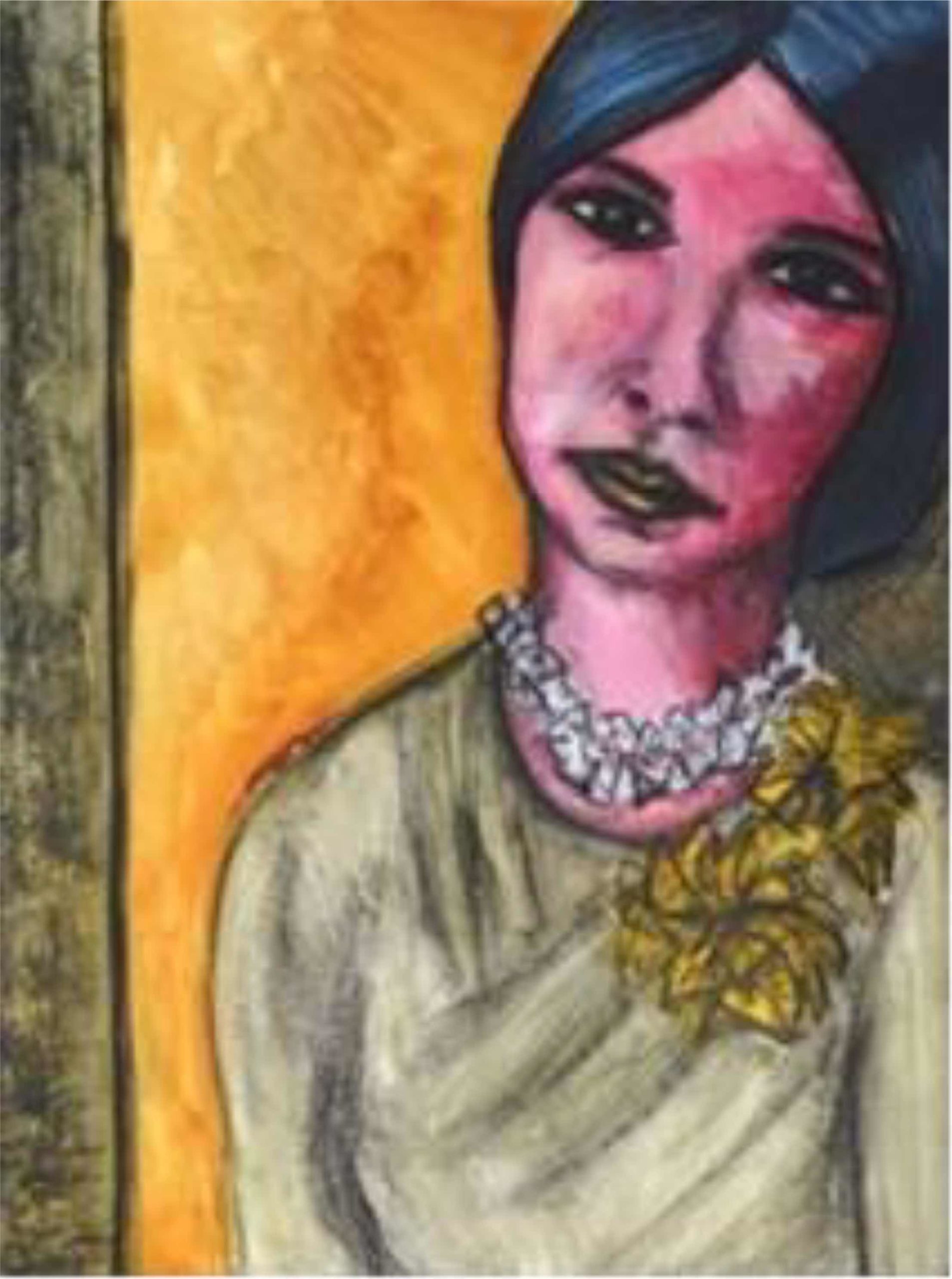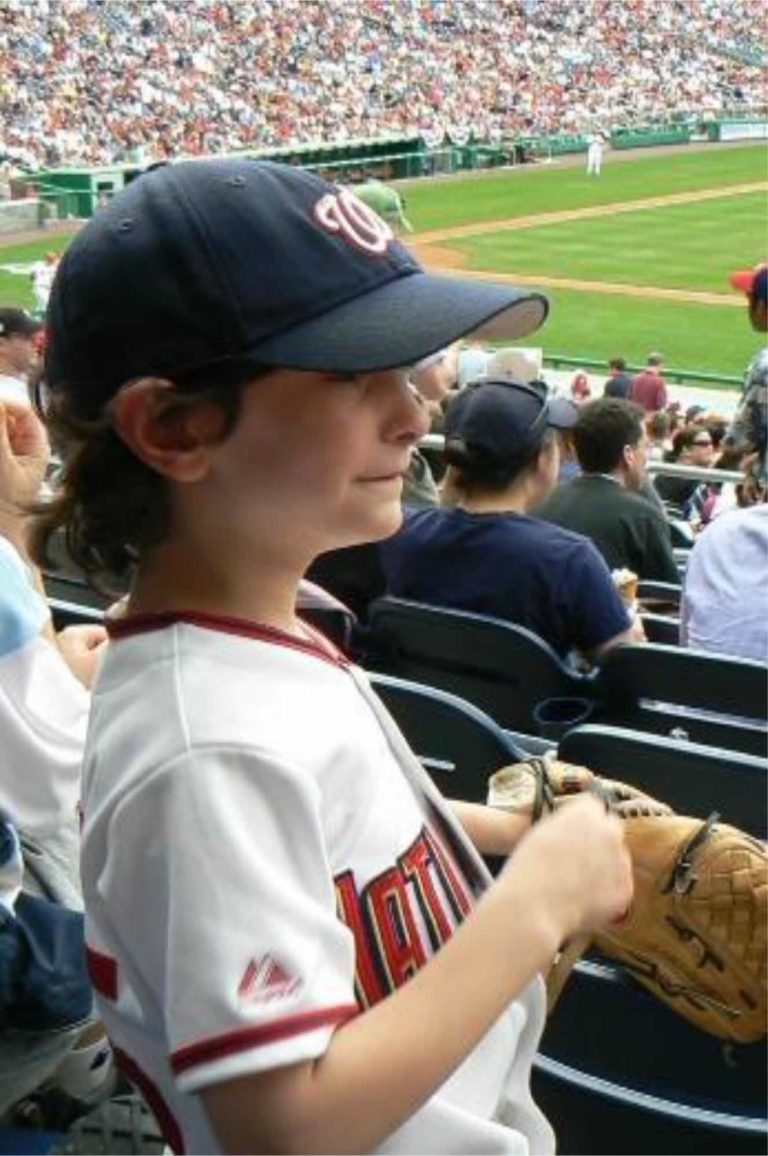Cleaning out old files, I came across a reading list for a humanities class I had been curious about. One title was Nathaniel Hawthorne’s allegory, “Birthmark”. Readily finding it on the internet, I began to read but stopped short with the following passage.
When the dream had shaped itself perfectly in his memory, Aylmer sat in his wife’s presence with a guilty feeling. Truth often finds its way to the mind close muffled in robes of sleep, and then speaks with uncompromising directness of matters in regard to which we practice an unconscious self-deception during our waking moments. Until now he had not been aware of the tyrannizing influence acquired by one idea over his mind, and of the lengths which he might find in his heart to go for the sake of giving himself peace.
“Birthmark,” published in 1843, tells the story of Aylmer, a man obsessed with ridding his otherwise perfect wife of a birthmark. A scientist with grand ambitions, Aylmer’s achievements fall short of his goals. Intolerant of his inadequacies, he projects them onto his wife’s perceived imperfection, which becomes magnified in his mind’s eye. Overhearing him call out in his sleep, his wife implores him to recall his dream. In the dream, he cuts at the hand-shaped birthmark. As he cuts, the hand goes deeper until – grasping at his wife’s heart – Aylmer resolves to cut it away.
What struck me about the quoted passage was Hawthorne’s characterization of unconscious agency recognized through recall of a dream. Here was the kernel of the ideas Freud laid forth fifty-seven years later in The Interpretation of Dreams. Freud had acknowledged that poets before him recognized the unconscious. In “Birthmark,” Hawthorne explicitly describes a dynamic unconscious unveiled through dreams remembered.
Dana Brotman, Ph.D



